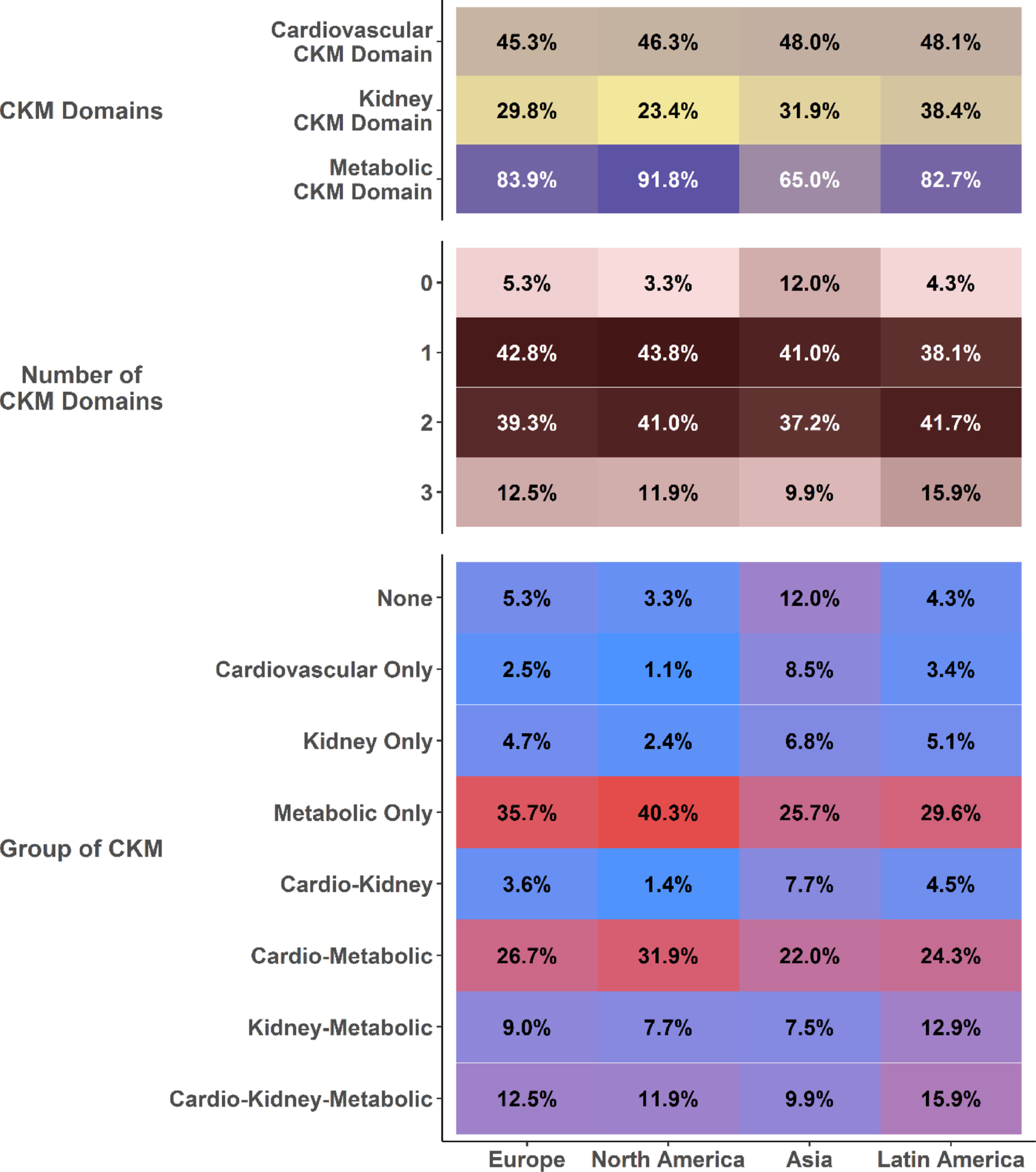“She wrote to me and asked when will a novel be set in London”, James said, adding that things had not previously ended well for those who previously ignored Queen’s of England.
“I was aware that there was chaos in the palace due to renovations,…

“She wrote to me and asked when will a novel be set in London”, James said, adding that things had not previously ended well for those who previously ignored Queen’s of England.
“I was aware that there was chaos in the palace due to renovations,…

An immigrant drama by Rudi Goblen about two brothers born in Nicaragua, “littleboy/littleman,” now receiving its world premiere at the Geffen Playhouse, is an American story at its core.
Lest we forget our past, America is the great…

 Getty Images
Getty ImagesAuthor Peter James has revealed he was contacted by Queen Camilla to ask if she could be a central character in his upcoming novel.
James, who…

A year after tech firm OpenAI roiled Hollywood with the release of its Sora AI video tool, Chief Executive Sam Altman was back — with a potentially groundbreaking update.
Unlike the generic images Sora could initially create, the new program allows users to upload videos of real people and put them into AI-generated environments, complete with sound effects and dialogue.
In one video, a synthetic Michael Jackson takes a selfie video with an image of “Breaking Bad” star Bryan Cranston. In another, a likeness of SpongeBob SquarePants speaks out from behind the White House’s Oval Office desk.
“Excited to launch Sora 2!” Altman wrote on social media platform X on Sept. 30. “Video models have come a long way; this is a tremendous research achievement.”
But the enthusiasm wasn’t shared in Hollywood, where the new AI tools have created a swift backlash. At the core of the dispute is who controls the copyrighted images and likenesses of actors and licensed characters — and how much they should be compensated for their use in AI models.
The Motion Picture Assn. trade group didn’t mince words.
“OpenAI needs to take immediate and decisive action to address this issue,” Chairman Charles Rivkin said in a statement Monday. “Well-established copyright law safeguards the rights of creators and applies here.”
By the end of the week, multiple agencies and unions, including SAG-AFTRA, chimed in with similar statements, marking a rare moment of consensus in Hollywood and putting OpenAI on the defensive.
“We’re engaging directly with studios and rightsholders, listening to feedback, and learning from how people are using Sora 2,” Varun Shetty, OpenAI’s vice president of media partnerships, said in a statement. “Many are creating original videos and excited about interacting with their favorite characters, which we see as an opportunity for rightsholders to connect with fans and share in that creativity.”
For now, the skirmish between well-capitalized OpenAI and the major Hollywood studios and agencies appears to be only just the beginning of a bruising legal fight that could shape the future of AI use in the entertainment business.
“The question is less about if the studios will try to assert themselves, but when and how,” said Anthony Glukhov, senior associate at law firm Ramo, of the clash between Silicon Valley and Hollywood over AI. “They can posture all they want; but at the end of the day, there’s going to be two titans battling it out.”
Before it became the focus of ire in the creative community, OpenAI quietly tried to make inroads into the film and TV business.
The company’s executives went on a charm offensive last year. They reached out to key players in the entertainment industry — including Walt Disney Co. — about potential areas for collaboration and trying to assuage concerns about its technology.
This year, the San Francisco-based AI startup took a more assertive approach.
Before unveiling Sora 2 to the general public, OpenAI executives had conversations with some studios and talent agencies, putting them on notice that they need to explicitly declare which pieces of intellectual property — including licensed characters — were being opted-out of having their likeness depicted on the AI platform, according to two sources familiar with the matter who were not authorized to comment. Actors would be included in Sora 2 unless they opted out, the people said.
OpenAI disputes the claim and says that it was always the company’s intent to give actors and other public figures control over how their likeness is used.
The response was immediate.
Beverly Hills talent agency WME, which represents stars such as Michael B. Jordan and Oprah Winfrey, told OpenAI its actions were unacceptable, and that all of its clients would be opting out.
Creative Artists Agency and United Talent Agency also argued that their clients had the right to control and be compensated for their likenesses.
Studios, including Warner Bros., echoed the point.
“Decades of enforceable copyright law establishes that content owners do not need to ‘opt out’ to prevent infringing uses of their protected IP,” Warner Bros. Discovery said in a statement. “As technology progresses and platforms advance, the traditional principles of copyright protection do not change.”
Unions, including SAG-AFTRA — whose members were already alarmed over the recent appearance of a fake, AI-generated composite named Tilly Norwood — also expressed alarm.
“OpenAI’s decision to honor copyright only through an ‘opt-out’ model threatens the economic foundation of our entire industry and underscores the stakes in the litigation currently working through the courts,” newly elected President Sean Astin and National Executive Director Duncan Crabtree-Ireland said in a statement.
The dispute underscores a clash of two very different cultures. On one side is the brash, Silicon Valley “move fast and break things” ethos, where asking for forgiveness is seen as preferable to asking for permission. On the other is Hollywood’s eternal wariness over the effect of new technology, and its desire to retain control over increasingly valuable intellectual property rights.
“The difficulty, as we’ve seen, is balancing the capabilities with the prior rights owned by other people,” said Rob Rosenberg, a partner with law firm Moses and Singer LLP and a former Showtime Networks general counsel. “That’s what was driving the entire entertainment industry bonkers.”
Amid the outcry, Sam Altman posted on his blog days after the Sora 2 launch that the company would be giving more granular controls to rights holders and is working on a way to compensate them for video generation.
OpenAI said it has guardrails to block the generation of well-known characters and a team of reviewers who are taking down material that doesn’t follow its updated policy. Rights holders can also request removal of content.
The strong pushback from the creative community could be a strategy to force OpenAI into entering licensing agreements for the content they need, legal experts said.
Existing law is clear — a copyright holder has full control over their copyrighted material, said Ray Seilie, entertainment litigator at law firm Kinsella Holley Iser Kump Steinsapir.
“It’s not your job to go around and tell other people to stop using it,” he said. “If they use it, they use it at their own risk.”
Disney, Universal and Warner Bros. Discovery have previously sued AI firms MiniMax and Midjourney, accusing them of copyright infringement.
One challenge is figuring out a way that fairly compensates talent and rights holders. Several people who work within the entertainment industry ecosystem said they don’t believe a flat fee works.
“Bring monetization that is not a one size fits all,” said Dan Neely, chief executive of Chicago-based Vermillio, which works with Hollywood talent and studios and protects how their likenesses and characters are used in AI. “That’s what will move the needle for talent and studios.”
Visiting journalist Nilesh Christopher contributed to this report.

Have you watched any of the Spider-Man movies you’re not in?
I have not.
Are your kids at the point where they wanna watch your Spider-Man movies?
Not quite, but my four-year-old wanted to watch Venom recently and I was like, sure, why the hell…

When I first heard a news story on the radio about the chikungunya virus, listening phonetically, I’ll admit that my mind went right to chickens and bird virus. Further context in the broadcast proved me wrong. It just goes to show, listening…

The numbers are nothing short of staggering. Take Sam Altman, Open AI’s CEO. He reportedly wants 250 gigawatts of new electricity—equal to about half of Europe’s all-time peak load—to run gigantic new data centers in the U.S. and elsewhere worldwide by 2033.
Building or expanding power plants to generate that much electricity on Altman’s timetable indeed seems almost inconceivable. “What OpenAI is trying to do is absolutely historic,” says Varun Sivaram, Senior Fellow at the Council on Foreign Relations. The problem is, “there is no way today that our grids, with our power plants, can supply that energy to those projects, and it can’t possibly happen on the timescale that AI is trying to accomplish.”
Yet Sivaram believes Altman may be able to reach his goal of running multiple new data centers in a different way. Sivaram, in addition to his position at the CFR, is the founder and CEO of Emerald AI, a startup that launched in July. “I founded it directly to solve this problem,” he says—not just Altman’s problem specifically, but the larger problem of powering the data centers that all AI companies need. Several smart minds in tech like the odds of Sivaram’s company. It’s backed by Radical Ventures, Nvidia’s venture capital arm NVentures, other VCs, and heavy-hitter individuals including Google chief scientist Jeff Dean and Kleiner Perkins chairman John Doerr.
Emerald AI’s premise is that the electricity needed for AI data centers is largely there already. Even big new data centers would confront power shortages only occasionally. “The power grid is kind of like a superhighway that faces peak rush hour just a few hours per month,” Sivaram says. Similarly, in most places today the existing grid could handle a data center easily except in a few times of extreme demand.
Sivaram’s objective is to solve the problem of those rare high-demand moments the grid can’t handle. It isn’t all that difficult, at least in theory, he argues. Some jobs can be paused or slowed, he explains, like the training or fine-tuning of a large language model for academic research. Other jobs, like queries for an AI service used by millions of people, can’t be rescheduled but could be redirected to another data center where the local power grid is less stressed. Data centers would need to be flexible in this way less than 2% of the time, he says; Emerald AI is intended to help them do it by turning the theory to real-world action. The result, Sivaram says, would be profound: “If all AI data centers ran this way, we could achieve Sam Altman’s global goal today.”
A paper by Duke University scholars, published in February, reported a test of the concept and found it worked. Separately, Emerald AI and Oracle tried the concept on a hot day in Phoenix and found they could reduce power consumption in a way that didn’t degrade AI computation—“kind of having your cake and eating it too,” Sivaram says. That paper is under peer review.
No one knows if Altman’s 250-gigawatt plan will prove to be brilliant or folly. In these early days, Emerald AI’s future can’t be divined, as promising as it seems. What we know for sure is that great challenges bring forth unimagined innovations—and in the AI era, we should brace for plenty of them.

We analyzed data from the GLORIA-AF Registry, an international, prospective, multicentre registry programme structured in 3 phases, designed to assess the real-world long-term efficacy and safety of dabigatran etexilate in patients with a recent…
